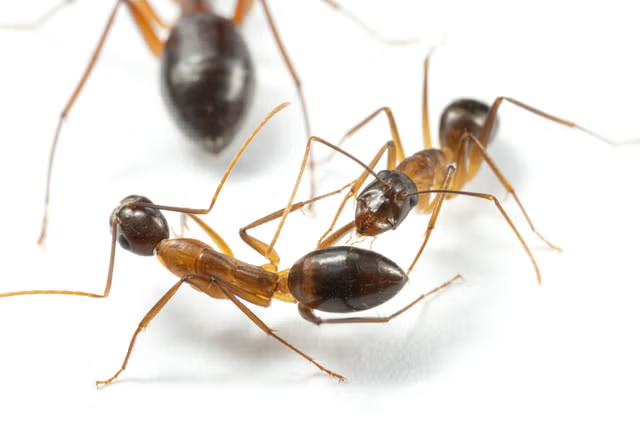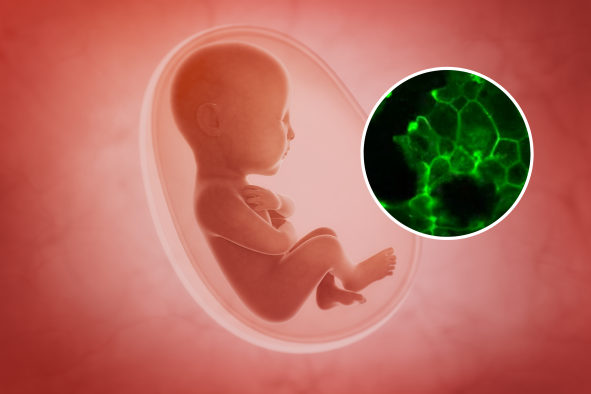Category 4 Hurricane Beryl has been snapped from space as it barrels toward the Caribbean.
This image of the behemoth storm was captured by NASA astronaut Matthew Dominick from the International Space Station on July 1.
At the time of the picture being taken, the storm was a Category 4 hurricane, having rapidly intensified over only a few days since the weekend. With wind speeds of around 130 miles per hour, it wreaked havoc through the Caribbean, claiming seven lives.
Hurricane Beryl was classified as a Category 5 storm late Monday but has since been downgraded again to a Category 4, according to a National Hurricane Center (NHC) advisory on July 3. The storm still has powerful maximum sustained winds of 145 mph.
Hurricanes are categorized using the Saffir-Simpson Hurricane Wind Scale, which classifies them based on their sustained wind speeds. Category 1 hurricanes have wind speeds between 74-95 mph, Category 2 between 96-110 mph, Category 3 between 111-129 mph, Category 4 between 130-156 mph, and Category 5 with winds 157 mph or higher.
Category 4 and 5 hurricanes can cause extreme damage to homes, extensive flooding, and fallen trees and power lines.
"The rate at which Beryl has strengthened is unheard of for the time of year, with a 65 mph increase in maximum winds over 24 hours, nearly doubling the threshold for rapid intensification, defined as at least a 35 mph increase in winds in 24 hours," hurricane specialist and storm expert Michael Lowry previously told Newsweek.
As Beryl tore through Grenada, Venezuela, and St. Vincent and the Grenadines, the storm ripped houses to shreds, knocked down trees, and even tore the roof off an airport.
"Devastating hurricane-force winds, life-threatening storm surge, and damaging waves are expected in portions of Jamaica beginning this afternoon and in the Cayman Islands early on Thursday. Residents in these areas should listen to local government and emergency management officials for preparedness and/or evacuation orders," the NHC said on Wednesday.
"Life-threatening flash flooding and mudslides from heavy rainfall are expected over much of Jamaica and southern Haiti through today."
Beryl marks the earliest Category 5 storm ever recorded in the Atlantic, breaking the previous record of Category 5 Hurricane Emily on July 16, 2005. The Atlantic hurricane season runs between the start of June and the end of November, but very few severe storms are seen during June and July: NOAA data shows that only 6 percent of all tropical storms and a mere 2 percent of hurricanes between 1851 and 2022 occurred in June.
As Beryl reached Category 4 status before July began, it was the first Category 4 storm ever recorded in June. It is also now considered the strongest July storm ever recorded.
The hurricane is expected to weaken to a Category 3 as it approaches Jamaica. It could arrive this afternoon and hit Mexico's Yucatán Peninsula early on Friday as a Category 1. Up to 8 inches of rain have been forecast in Jamaica, possibly triggering flash flooding.
"Beryl is forecast to remain a hurricane when it approaches the Yucatan Peninsula and Belize late Thursday, where hurricane and tropical storm watches have been issued," the NHC said. "There remains uncertainty in the track and intensity forecast of Beryl over the western Gulf of Mexico this weekend. Interests in the western Gulf of Mexico should monitor the progress of Beryl."
Do you have a tip on a science story that Newsweek should be covering? Do you have a question about hurricanes? Let us know via science@newsweek.com.
Disclaimer: The copyright of this article belongs to the original author. Reposting this article is solely for the purpose of information dissemination and does not constitute any investment advice. If there is any infringement, please contact us immediately. We will make corrections or deletions as necessary. Thank you.



